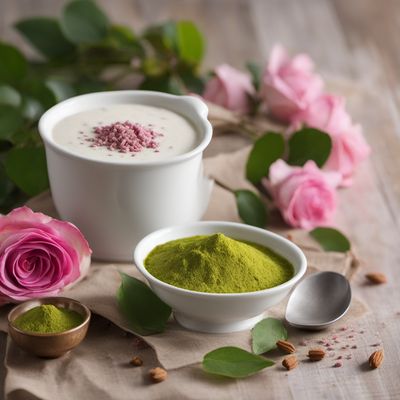
Ingredient
Purslanes and similar-
The Nutrient Powerhouse
Purslanes have small, succulent leaves that are slightly tangy and have a mild peppery flavor. They have a crisp texture and a vibrant green color. Purslanes are often enjoyed raw in salads or used as a garnish, but they can also be cooked lightly to retain their crunchiness. These greens are a popular choice for those seeking a nutrient-dense addition to their meals.
Origins and history
Purslanes have a long history and are believed to have originated in the Mediterranean region. They have been used for centuries in various cuisines around the world, including Greek, Turkish, and Chinese cuisines. Purslanes are known for their resilience and ability to thrive in harsh conditions, which has contributed to their widespread cultivation. In addition to their culinary uses, purslanes have also been used in traditional medicine for their potential health benefits.
Nutritional information
Purslanes are low in calories and rich in essential nutrients. They are an excellent source of vitamins A, C, and E, as well as omega-3 fatty acids. Additionally, they contain minerals like potassium, magnesium, and calcium. Incorporating purslanes into your diet can support overall health and provide antioxidant and anti-inflammatory benefits.
How to select
When selecting purslanes, look for fresh, vibrant leaves that are free from wilting or yellowing. Avoid leaves that have signs of damage or discoloration. If purchasing from a grocery store or supermarket, opt for organic or locally sourced purslanes whenever possible to ensure the best quality and freshness.
Storage recommendations
To maintain the freshness of purslanes, store them in the refrigerator in a plastic bag or airtight container. They can be kept fresh for up to a week. Before using, rinse the leaves thoroughly under cold water to remove any dirt or debris. Pat them dry with a paper towel or spin them in a salad spinner to remove excess moisture.
How to produce
Purslanes can be easily grown by amateur gardeners, as they are resilient and require minimal care. They thrive in full sun or partial shade and can tolerate various soil conditions. Sow the seeds directly into the ground or in containers, keeping the soil moist until germination. Purslanes can be harvested when the leaves are young and tender, typically after 6-8 weeks of growth.
Preparation tips
Purslanes can be enjoyed raw in salads, sandwiches, or wraps, adding a refreshing crunch and a tangy flavor. They can also be lightly sautéed or stir-fried with other vegetables to retain their crispness. Purslanes are a popular addition to Mediterranean dishes such as Greek salads, Turkish meze platters, or Chinese stir-fries. They can also be used as a garnish for soups, stews, or roasted meats.
Culinary uses
Purslanes are commonly used in various cuisines around the world. They are a staple in Mediterranean dishes such as Greek salads, Italian pasta dishes, and Spanish tapas. Purslanes are also commonly used in Chinese and Turkish cuisines, where they are stir-fried with other vegetables or used in soups and stews. Additionally, purslanes can be pickled or used as a topping for sandwiches and wraps.
Availability
Purslanes are widely available and cultivated in many regions, including the Mediterranean, Asia, and North America. They can be found in grocery stores, supermarkets, farmers markets, or grown in home gardens.
More ingredients from this category

Winter purslanes
The Nutrient-Packed Green: Winter Purslanes

Rock samphires
"The Coastal Delicacy: Exploring the Unique Flavors of Rock Samphires"

Purslanes
The Nutrient-Packed Green
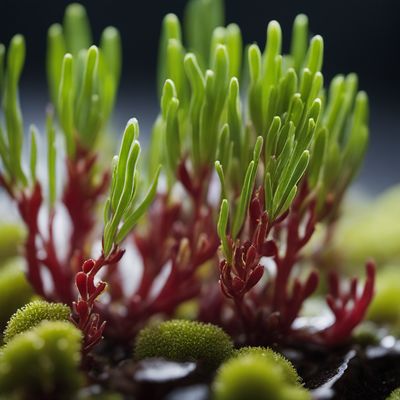
Glassworts
Glassworts: The Salty Succulents
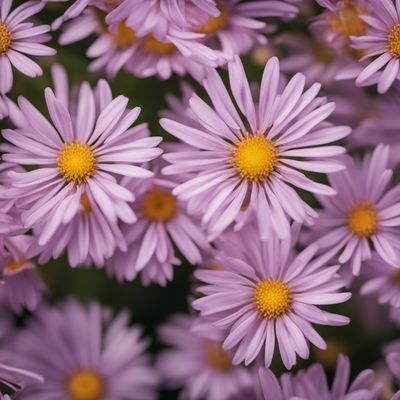
Sea asters
The Ocean's Delight: Sea Asters
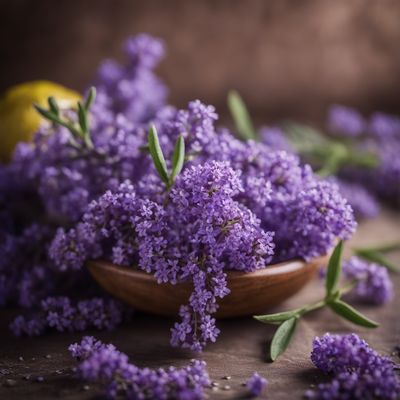
Sea lavanders
Oceanic Delights
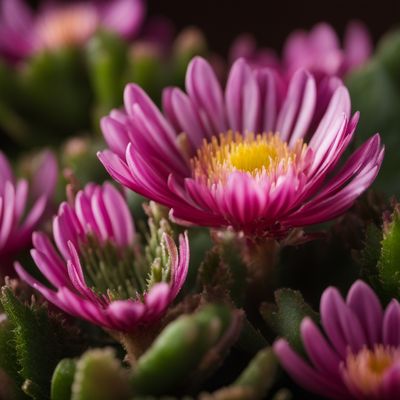
Hottentot fig
The Exotic Delight

Agretti
The Verdant Delight: Exploring the Unique World of Agretti
